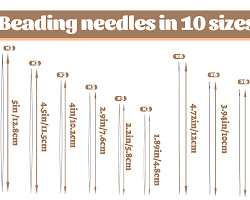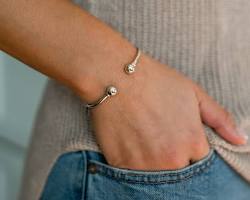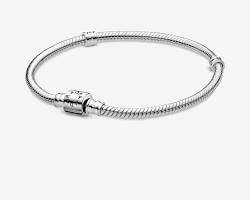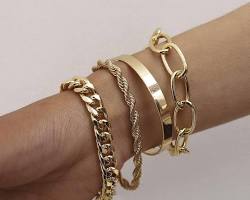Knots are the unsung heroes of the bracelet-making world. Those little loops and twists are what keep your beautiful creation from unraveling and ensure your masterpiece stays securely fastened. But with so many knots out there, where do you begin? This guide will walk you through two essential and versatile knots for bracelet making: the square knot and the surgeon's knot.
Materials Needed
Before you embark on your knot-tying adventure, gather these simple supplies:

Bracelet string (thread, yarn, hemp - the choice is yours!)
Scissors
Tying a Square Knot
The square knot is a classic and reliable choice for finishing bracelets. Here's how to master it:
Preparing the String: Grab your bracelet string and cut two equal lengths. Having even strands makes knotting smoother.
Creating the Base Loop: With one string, form a loop, pinching it between your thumb and forefinger to hold it in place.
Bringing the Second String Through: Take the second string and bring it underneath the first string. Then, with a little nudge, guide it up and through the loop you created with the first string.
Tightening the Knot: Hold both strings gently and pull them in opposite directions. This will begin to tighten your knot.
Completing the Square Knot: Here comes the twist (literally!). With the first string, go over the second string and then down through the loop created by the second string we pulled up earlier. Again, gently pull both strings to tighten this new twist, forming the first half of your square knot. Repeat steps 3 and 4 again, this time with the first string going over the second string and then down through the loop created by the second string. Pull both strings to tighten, and voila! You've tied a square knot.
Tying a Surgeon's Knot
The surgeon's knot offers another secure option for your bracelet. Here's how to tie it:
Preparing the String: Same as the square knot (Section III.1).
Creating the First Loop and Overhand Knot: Similar to the square knot, form a loop with one string and hold it in place. Take the second string and wrap it around the first string, then bring it down through the loop you created. Gently pull both strings to tighten this, creating a basic overhand knot around the first string.
Completing the Surgeon's Knot: Hold the first string steady and focus on the second string with the overhand knot. Carefully wrap this second string (with the overhand knot) under the base of the first string and then up through the loop created by the first string. Once again, gently but firmly pull both strings to tighten, and you've successfully tied a surgeon's knot.
Additional Tips and Variations
Here are some helpful hints for smooth knotting:
Maintain consistent tension while pulling the strings. This ensures a neat and secure knot.
Practice makes perfect! Before working with your final bracelet string, try tying the knots on a scrap piece of material to get the hang of it.
Feeling fancy? Attach a bead or other small object to the end of one string to make knotting a little easier (optional).
Remember, both the square knot and the surgeon's knot can be used at the end of a bracelet to secure it or to connect multiple strings together for a wider and more intricate design.
Learning these two basic knots opens the door to a world of bracelet-making possibilities. With a little practice, you'll be tying knots like a pro in no time! So grab your string, unleash your creativity, and get ready to craft some beautiful and secure bracelets.
This article was written by Stiven in combination with AI. The content described in this article is based on the author's personal opinions and data collection. If there are any errors or deficiencies, please correct me.







